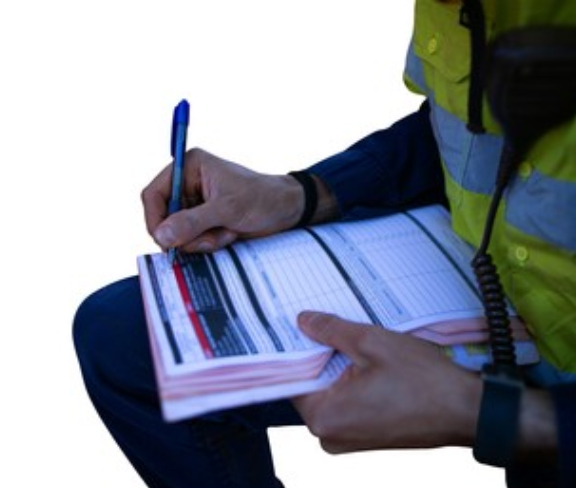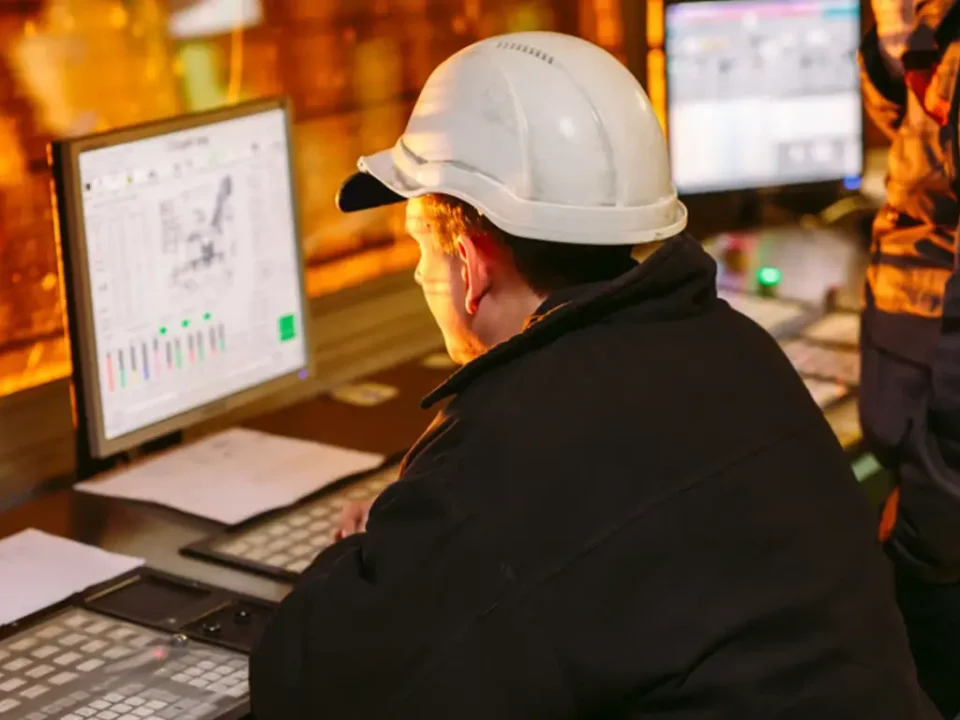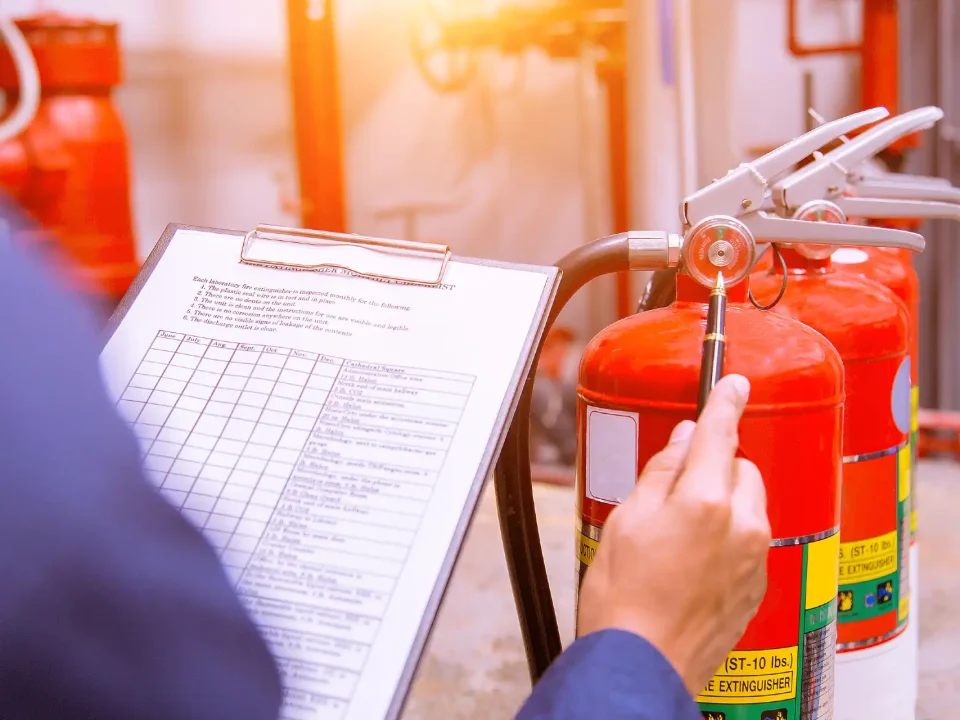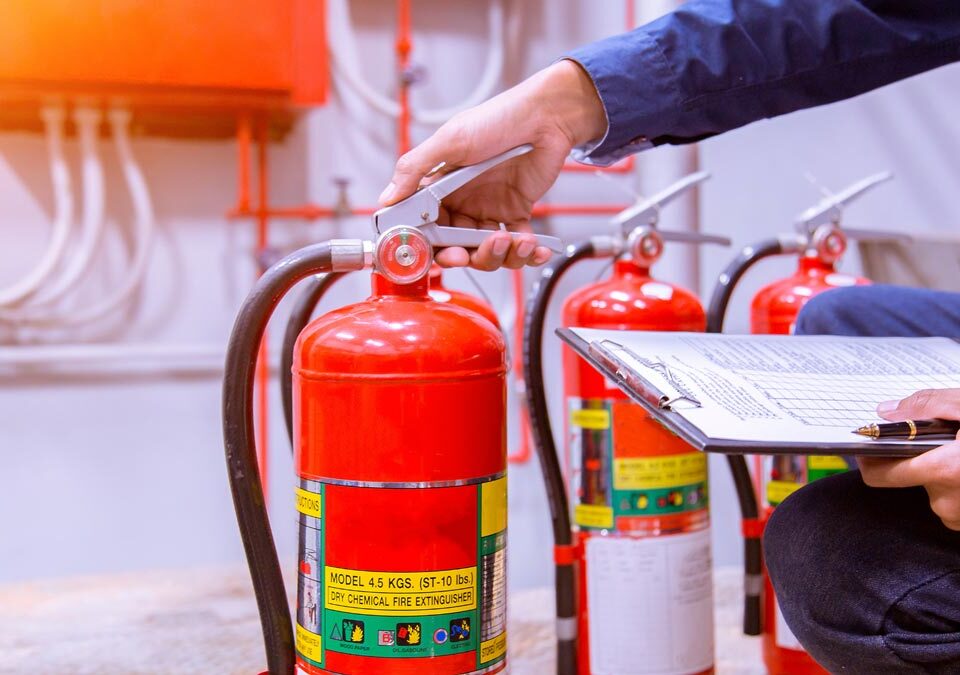Comprehensive Safety Audit

How to Conduct a Successful PSSR in Your Chemical Plant Pre-Startup Safety Review
May 15, 2023
Understanding the Importance of Contractor Safety in Todays Industrial Workforce
May 16, 2023Ensuring the safety of employees and customers is a top priority for any business. However, accidents can still happen, and organizations must take steps to prevent them from occurring. This is where comprehensive safety audits come in.
A safety audit is a crucial tool that helps organizations identify potential hazards and risks in their workplace. By conducting regular audits, businesses can assess their existing safety policies and procedures, make necessary changes, and ultimately create a safer work environment for everyone involved. In this article, we will explore the various steps involved in conducting a comprehensive safety audit and discuss the benefits of implementing this process regularly.
Step 1: Establishing the Purpose and Goals of the Safety Audit
Before embarking on a safety audit, it is essential to establish the purpose and goals of the audit. The objective of a comprehensive safety audit is to evaluate an organization’s safety performance, identify potential hazards, assess compliance with regulations, and develop effective strategies for risk reduction.The purpose of a safety audit may vary depending on the industry, nature of operations, and organizational goals. It can range from ensuring compliance with regulatory requirements to identifying areas for improvement in existing safety policies and procedures. Determining the scope of the audit is also critical in establishing its purpose and goals. Consider factors such as location, department or business unit being audited, specific hazards or risks associated with operations when defining the scope.
By establishing clear expectations upfront about what you hope to achieve with your safety audit will help you stay focused throughout the process while delivering valuable insights that will drive improvements in your organization’s overall risk posture.
Step 2: Gathering Information and Conducting Interviews
The second step in conducting a comprehensive Safety Audit is gathering information about the workplace and conducting interviews with employees, supervisors, and managers. This step is essential for identifying potential hazards and evaluating the effectiveness of existing safety policies and procedures.
During this stage, the auditor should review documentation such as accident reports, safety manuals, training records, and inspection reports. The auditor should also observe work practices to identify potential hazards or areas where safety protocols are not being followed. Interviews with employees at all levels of the organization can provide valuable insights into areas that may need improvement or changes in policy or procedure. Conducting an anonymous survey can also help identify areas of concern that employees may be hesitant to discuss openly.
Gathering information and conducting interviews is a critical part of the safety audit process because it allows auditors to get an accurate picture of what is happening on the ground level within an organization. This step can also help build trust between auditors and employees by showing that management is committed to ensuring their well-being while on the job. By taking this proactive approach, organizations can create a safer workplace environment for everyone involved.
Step 3: Analyzing Data and Identifying Potential Hazards
After gathering all necessary data in the previous step, it is now time to analyze the information to identify potential hazards. This step requires a substantial amount of attention to detail, as even the smallest oversight could lead to critical safety issues.
The process of analyzing data involves going through each piece of information collected during interviews and inspections and cross-referencing them with safety regulations and policies. This helps identify potential hazards that may have been overlooked or were not previously addressed. Some common tools used during this phase include checklists, flowcharts, and cause-and-effect diagrams.
During data analysis, it’s essential to consider all possibilities comprehensively. This means determining how different factors interact with each other in creating hazardous situations, such as the combination of machinery malfunction and human error. This will help create a detailed overview of potential risks that need addressing.
A comprehensive analysis provides a solid foundation for creating an effective action plan that will mitigate identified hazards, which is discussed in more detail in the following section.
Evaluating Existing Safety Policies and Procedures
Once potential hazards have been identified, it is essential to evaluate existing safety policies and procedures to determine their effectiveness in addressing the identified hazards. This step involves a thorough review of all policies, procedures, and training programs related to workplace safety. The evaluation should assess whether the current policies and procedures are consistent with industry standards, regulations, and best practices.
The review should also identify any gaps or weaknesses in the existing policies and procedures that may contribute to the identified hazards. It is important to consider how well these policies are being implemented and if they are achieving their intended results. The evaluation may include interviews with employees or observations of daily operations. An effective safety audit will help to improve existing safety policies and procedures by identifying areas for improvement.
By evaluating existing safety policies and procedures, organizations can ensure they have appropriate measures in place for worker protection. Moreover, when employees see that management has taken time to evaluate the adequacy of workplace safety measures, it promotes trust between workers and management; this can lead to a culture of greater personal responsibility for worker safety across all levels of an organization.
Step 5: Creating an Action Plan
Once you have analyzed the data and identified potential hazards, it’s time to create an action plan. This plan should be a detailed roadmap for implementing changes and improvements that will address any safety issues that were identified during the audit.
The action plan should include specific steps, timelines, and responsibilities for each task. It’s important to involve all stakeholders in the development of the plan to ensure buy-in and ownership of the process. A clear communication strategy should also be developed to keep everyone informed of progress and changes.
The action plan must be based on realistic goals that can be achieved within a reasonable timeframe. Prioritize issues based on their level of risk and severity. Some issues may require immediate attention while others can be addressed over time.
A well-executed action plan is critical for achieving long-term success in improving workplace safety. It provides a structured approach to addressing safety issues, which leads to greater accountability and ownership at all levels of the organization.
Remember, creating an action plan is only one part of the process; equally important is implementing it effectively and regularly evaluating progress towards achieving your goals.
Step 6: Implementing Changes and Improvements
Once the safety audit has been conducted, analyzed, and evaluated, it’s time to start implementing changes and improvements. This step is where the action plan from Step 5 comes into play. It’s important to prioritize the most critical issues first and develop a timeline for completing all necessary changes.
To ensure successful implementation, it’s crucial to communicate any changes and improvements with all employees. This includes providing training programs or educational sessions to ensure that everyone understands new procedures or policies. Additionally, it can be helpful to appoint someone in charge of overseeing the implementation process and holding employees accountable for following new safety measures.
This step is often the most challenging as it requires a lot of effort, resources, and time. However, keep in mind that effective implementation can lead to significant improvements in workplace safety and productivity.
Step 7: Follow-Up and Continuous Improvement
After implementing changes and improvements, it is essential to track progress to determine if the changes made during the audit have been effective. Continual follow-up and monitoring can help ensure that safety policies and procedures are being adhered to every day. A lack of follow-up can result in complacency, undoing all of the hard work put into the audit.
The best way to maintain a culture of safety is through continuous improvement. The goal should be to constantly monitor and improve upon existing safety policies and procedures, identifying areas for growth or change as needed. This includes regular training sessions for employees on new safety protocols or refreshing their knowledge on existing ones.
Incorporating feedback from employees is also an essential part of continuous improvement. Employees who are closely involved with daily operations may have valuable insights into potential hazards or areas where improvements can be made. Encouraging an open dialogue between management and staff can foster a culture where everyone takes ownership of safety.
Benefits of Regular Safety Audits
Ensuring a safe workplace requires continuous monitoring and evaluation. Regular safety audits are essential to identify potential hazards that can lead to accidents or injury. These audits help organizations implement proactive measures to prevent accidents, reduce insurance premiums, and maintain a positive reputation.
In addition, regular safety audits foster employee satisfaction and increase retention rates. When employees feel safe at work, they are more productive and motivated. This positive culture of safety also reduces absenteeism rates and promotes teamwork as all members of the organization work together towards a common goal of maintaining a safe working environment.
Common Mistakes to Avoid During a Safety Audit
A safety audit is meant to identify potential hazards and improve existing safety policies and procedures. However, there are common mistakes that organizations make during the audit process that can undermine its effectiveness.
One mistake is not involving employees in the audit process. Employees can provide valuable insight into potential hazards and offer suggestions for improvement. Without their input, the safety audit may miss important information that could prevent accidents from occurring.
Another mistake is treating the safety audit as a one-time event instead of an ongoing process. Safety hazards can arise at any time, and safety policies and procedures should be continuously evaluated and updated to ensure they remain effective.
Lastly, failing to follow through on implementing changes identified during a safety audit can also undermine its effectiveness. If changes are not put into action, employees will lose faith in the process and hazards may go unaddressed.
Effective safety audits involve engaging employees in the process, treating it as an ongoing practice, and following through on implementing identified changes. This approach will lead to a safer work environment for all employees.
Case Studies: Successful Safety Audits
One of the most striking examples of a successful safety audit was completed by a manufacturing company in the Midwest. After experiencing several accidents and near-misses on its production floor, the company realized that its safety protocols were insufficient and needed a comprehensive overhaul. The resulting audit uncovered numerous hazards, including improperly stored chemicals, outdated equipment, and inadequate personal protective equipment (PPE). Through careful analysis and planning, the company implemented new safety policies and procedures that significantly reduced accident rates over the following year. Employees reported feeling safer and more confident on the job, which translated into increased productivity.
Another example comes from a hospital in a small town in Texas. After experiencing several patient falls within a short period of time, hospital administrators decided to conduct a safety audit to uncover potential causes as well as ways to prevent future falls. The audit process involved gathering feedback from staff members, reviewing incident reports and risk assessments, and analyzing patient data. As a result of these efforts, the hospital implemented new protocols for monitoring patients at risk for falls as well as improved training for staff on proper transfer techniques. Within six months of implementing these changes, the hospital saw a significant reduction in patient fall rates.
Conclusion: Inspiring a Culture of Safety Through Comprehensive Safety Audits.
In conclusion, a comprehensive safety audit is an essential tool for any organization committed to protecting its employees and visitors. By following the steps outlined in this article, organizations can identify potential hazards, evaluate existing policies and procedures, create an action plan for improvement, and implement changes that will help prevent accidents and injuries. Regular safety audits not only protect against liability but also inspire confidence in employees who feel their well-being is valued. By inspiring a culture of safety through comprehensive audits, organizations can enjoy a safer work environment while building trust and confidence with their employees.
With Best Wishes
Sanjeev Paruthi
TSM TheSafetyMaster® Private Limited
Unit No 221-451-452, SPL1/J, 2nd Floor, Sunsquare Plaza Complex, RIICO Chowk, Bhiwadi 301019, Rajasthan, India
Phone: +91 1493 22 0093/+91-124-4881109
Mobile: +91 7665231743/9413882016
Email: info@thesafetymaster.com
SaferIndiaBetterWorld




